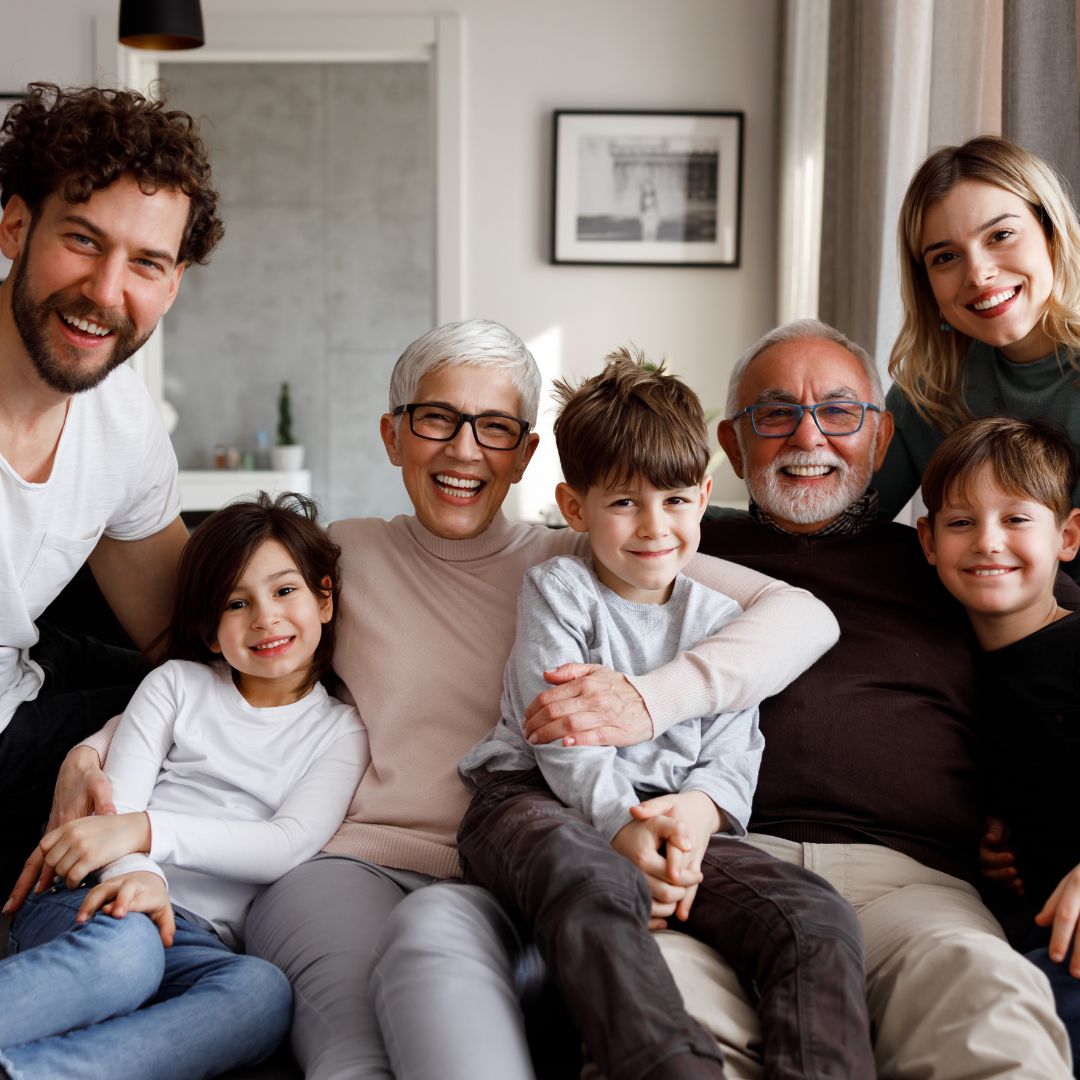
Who Adopts the Most?
We get asked a lot of adoption-related questions here at Your Law Firm, and a common one is: ‘Who adopts the Most?’
The short answer is that studies and trends show that more men than women adopt.
To better understand this, we need to delve into various demographic factors such as age, income, education, marital status, and even ethnicity.
For instance, societal changes have led to more acceptance of single fathers, and the rise in same-sex male couples adopting has also contributed to this statistic.
However, these are just possible explanations and further research would be needed to fully understand this trend. Let’s take a closer look.
Who Adopts the Most in Georgia?
Georgia, like many other states, sees a diverse range of individuals and families choosing to expand their households through adoption.
People who adopt through infant domestic adoption tend to have the highest level of education and household income and average around 35 years old.
In fact, almost half of the adopted children are non-Hispanic white, making it the most adopted race. However, adoption isn’t limited to just one demographic.
Single parents, married couples, and same-sex couples also form part of the adoption landscape in Georgia.
Interestingly, more men than women have been reported to adopt, with adoptive parents usually being over 30 and having been married at least once.
Despite a staggering 33% of Americans considering adoption, only 2% follow through, highlighting the gap between consideration and action.
Which Religion Adopts the Most in Georgia?
When it comes to religious affiliations among adoptive parents in Georgia, available data is sparse.
However, it is known that adoption transcends religious boundaries. People of all faiths – Christianity, Judaism, Islam, Hinduism, Buddhism, and others, as well as those with no religious affiliation, adopt children.
While specific data on which religion adopts the most in Georgia isn’t readily available, it’s important to note that many religious groups actively encourage adoption.
For instance, some Christian denominations view adoption as a way of demonstrating love and compassion, akin to their belief in spiritual adoption by God. Similarly, in Islam, while formal adoption isn’t recognized, the concept of “Kafala” or sponsorship, where a child is taken care of by non-biological parents, is promoted.
Final Thoughts
Due to the multifaceted nature of adoption demographics, it’s not always clear exactly who it is that adopts the most. Thankfully, adoption involves a broad spectrum of individuals and families, transcending economic status, marital situation, age, ethnicity, and religion.
As we continue to understand and appreciate this diversity, it’s clear that the common thread uniting all adoptive parents is the desire to provide loving homes for children in need.